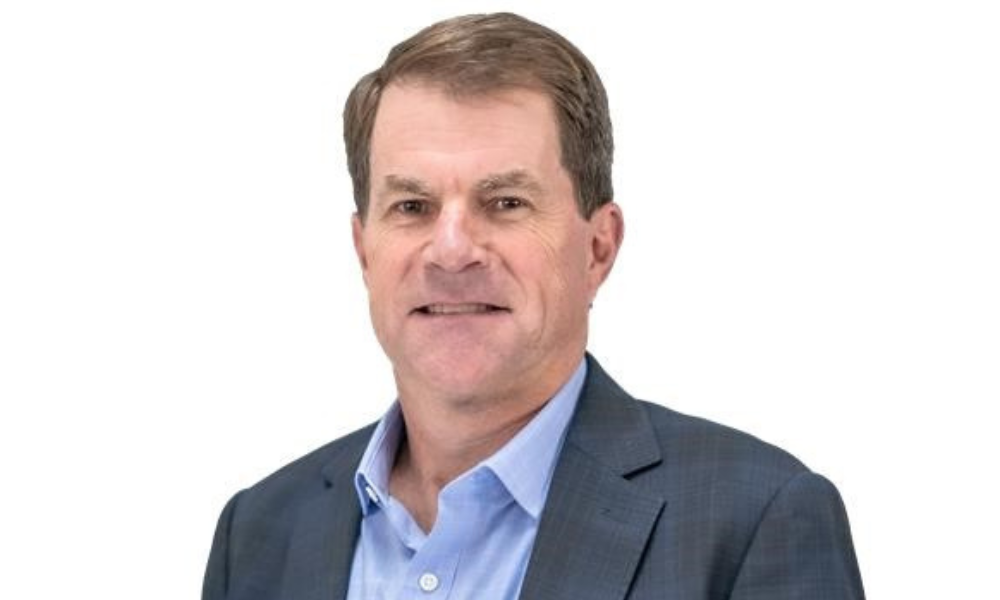Lender is no newcomer to segment that's now growing in appeal

Higher interest rates making the cost of borrowing more expensive have given rise to something of a resurgence in DSCR lending. The acronym stands for debt service coverage ratio, and one of the industry’s veterans in such lending has seen a significant uptick in this type of commercial real estate loan.
Mortgage Professional America reached out to Dank Pinckney (pictured), general counsel and chief compliance officer at Deephaven Mortgage, to learn more about DSCR’s growing popularity.
“People associate it with non-QM lending, and it’s often the same brokers, lenders, aggregators and securitizers that also do consumer-based non-QM lending that originate and acquire DSCR loans. Deephaven, of course, is a multi-channel aggregator. We have a large correspondent network as well as a large wholesale network of brokers that originate DSCR loans.”
Entering the DSCR space before it was cool
While the company was founded in 2012, Deephaven first got into DSCR lending five years later: “We source, originate, acquire business-purpose loans in both channels,” Pinckney said.
That entry has made Deephaven something of a pioneer in the space, he suggested. “We’ve been active in this space going back to 2017 when the first product really became available in the market, which was based on rental yield as opposed to borrower income. And that’s what debt service coverage ratio is referring to, it’s the ratio of the rental yield divided by the mortgage payment.”
New back then, DSCR has been growing in popularity these days due to certain shifts in the market, he added. “It’s broadly adopted now within the market,” Pinckney said. “There’s a number of macro reasons that the broader market is expanding at the pace it is. First off, we have a housing shortage in the country, so there’s demand for rental space across the entire spectrum, whether it’s multifamily or one- to four-single-family rental by property. We tend to focus more on the latter - we don’t really do multifamily.”
The Deephaven focus is more on what Pinckney calls “mom-and-pop” borrowers. “It’s a different market to build a large apartment building,” he said. “We’re the one-to-four primarily, which is mostly what people say DSCR, BPL [business purpose mortgage loan] lending is – that’s what they’re referring to.”
Lending grew as COVID-19 spread
Pinckney said DSCR lending grew more rapidly after the onset of COVID-19: “The reasons for the growth on a macro level across the country are fairly evident,” he said. “It started to really gain traction with COVID, not that it wasn’t a material segment pre-COVID, it was, but with folks moving out of downtown areas, wanting to rent space outside urban areas, maybe suburbia, or maybe not, there tended to be a shift in the market for a preference – for a certain segment of the market, not the entire market, of course – for a house, a yard.”
Continuing erosion in housing affordability and supply issues have fueled the rise in DSCR even further: “Given the affordability issues which are part of the housing challenge today across the board, lack of supply – lack of inventory is what people like to say – creates higher prices for everybody. Of course, now the high rates and increased demand we’ve seen since COVID have really provided some real tailwinds to the DSCR BPL market.”
How big is the DSCR segment for one-to-four units? “We’re estimating somewhere in the one-to-four unit secured DSCR loan segment may be $12 billion to $14 billion, which is still a pretty small number by mortgage standards. But it’s the trajectory. We don’t know, but it could continue to ramp up. Should I participate in that market? I think the answer is ‘yes’ if you’re a lender or broker.”
Was Deephaven prescient or prepared?
It’s an easier underwrite too, he noted. All things considered, this type of lending has a growing appeal given the challenges innate to the current economic landscape, he suggested.
“There’s a lot of appetite in the market to expand product offerings given the difficult mortgage market we’ve been in for the last 18 months or more,” Pinckney said. “We’ve had a lot of success and interest with brokers that maybe a year-and-a-half ago wouldn’t have been as interested. Well now they are because they want to keep their loan officers and manage what’s been a difficult market by any measure. We’ve had a lot of new folks come on board in the last 18 months for this very reason – to expand and make up for the lost volume in the consumer space, and this is an opportunity to do so.”
It’s almost as if Deephaven was prescient to have started offering DSCR loans back in 2017 – long before the current market downshift. Pinckney prefers to think of it as always being on the lookout for product diversification, while keeping an eye on the housing market.
“We’ve always been interested in being innovative in the market – with the right level of risk management, of course – and I think we’re kind of known for that,” he said. “It was a natural extension of what we were already doing. It was a product we thought would be attractive to investors and bond holders and so we thought and confirmed we’d be able to term finance the product. We have a pretty close eye on the housing market, and we could see that the demand and supply issues were probably going to get worse before they got better.”
Want to make your inbox flourish with mortgage-focused news content? Get exclusive interviews, breaking news, industry events in your inbox, and always be the first to know by subscribing to our FREE daily newsletter.



